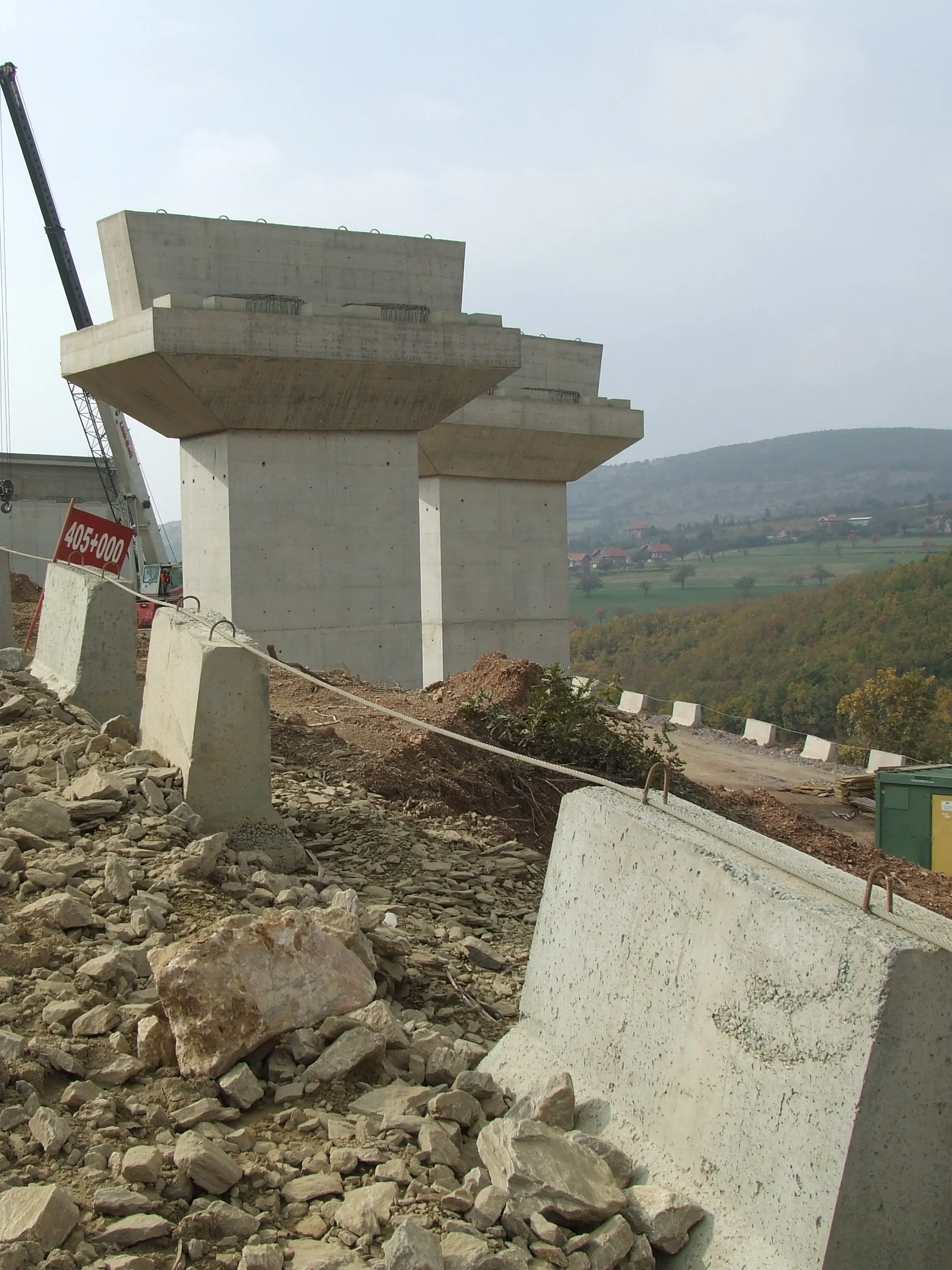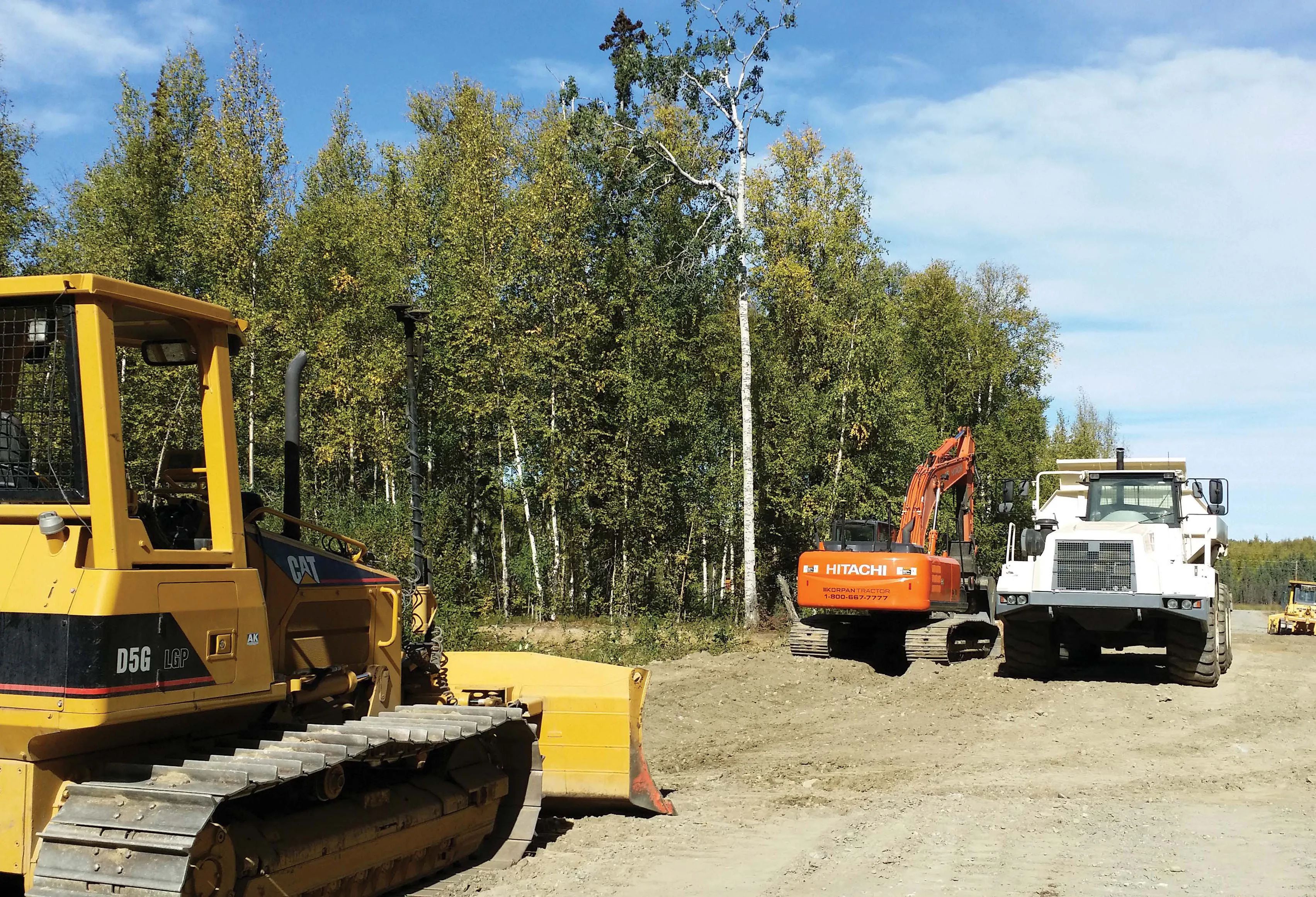Work is progressing apace on the biggest infrastructure project in Europe, the Transylvania Motorway or Autostrada Transilvania (A3) in Romania, with completion scheduled for 2013. The four-lane, 415km motorway, stretching northwest from Brasov in central Romania, at an altitude of nearly 600m, will reach the country's northwestern border with Hungary at Oradea in Câmpia Crisanei at 130m above sea level, and will connect the cities of Brasov, Fagaras, Sighisoara, Târgu Mures, Cluj-Napoca, Zalau and Oradea.
July 4, 2012
Read time: 4 mins
Work is progressing apace on the biggest infrastructure project in Europe, the Transylvania Motorway or Autostrada Transilvania (A3) in Romania, with completion scheduled for 2013.
The four-lane, 415km motorway, stretching northwest from Brasov in central Romania, at an altitude of nearly 600m, will reach the country's northwestern border with Hungary at Oradea in Câmpia Crisanei at 130m above sea level, and will connect the cities of Brasov, Fagaras, Sighisoara, Târgu Mures, Cluj-Napoca, Zalau and Oradea. On completion it will make what is now a tough 10-hour journey into a smooth three-hour breeze.
Construction will entail excavation of 93 million m3; fill of 51 million m3; some 12 million m3 of ballast and crushed stone base; 7 million m3 of asphalt; 3 million m3 of reinforced and precast concrete; 500,000m of drainage pipes; 62km of structures, and 560,000m of piling
The motorway, sponsored and owned by the Government of Romania, is being built by American company4138 Bechtel together with its regional partner 5252 Enka of Turkey, and follows almost the same route as the National Road 1. This became insufficient due to the growing rate of traffic between the Romanian capital Bucharest and Transylvania.
The construction of the motorway will link the markets of Europe and Central Asia, and will bring important economic benefits to Romania, which joined the1116 European Union on 1 January, 2007.
Speaking earlier last year (work started on site in 2004), Bogdan Sgarcitu, external affairs manager of construction company Bechtel, said: "Normally in hilly ground, we would use the excavated soil from the cuttings to fill the valleys. But on this stretch the clay-like soil cannot be compacted, so we've had to use many more piles than normal: in just three months we installed more than 500, some drilled as deep as 24m. We've also had to transport millions of tonnes of materials over some less-than-perfect infrastructure."
He was speaking about the Cluj-Napoca section of the motorway, which in total will have more than 300 bridges, 70 overpasses, and 19 interchanges.
This sleek new €2.2 billion national highway will bring the country's infrastructure in line with that of its new economic partners. The road will ease traffic jams, improve safety, and open up the country to new possibilities for tourism and trade, likely becoming the preferred route between the Black Sea and Western Europe.
Among Bechtel and Enka's fleet of construction equipment, they brought an existing fleet of 67178 Caterpillar machines and purchased an additional 68 especially for the project. Across the valleys, mountains and plains of Transylvania Cat excavators, bulldozers, wheel loaders, articulated dump trucks, motor graders, soil compactors, cold planers, wheel pavers and generators can be seen.
"Cat machines make up 70% of our entire earthmoving fleet on this project," said Sgarcitu. "The presence of a local Cat dealer,2154 Bergerat Monnoyeur, was also important in our decision to use Cat machines."
As part of its regular service to all its customers, Bergerat Monnoyeur ensures a secure and fast supply to original Cat spare parts and consumables. It also provides an on-site full-day's training by an experienced service technician, with every machine's delivery.
"Our technicians ensure that the customers' operators know all about the daily inspection and routine servicing," says Mihai Hotinceanu of Bergerat Monnoyeur. They also give some advanced operator training to help ensure maximum productivity and efficient machine use. Bergerat Monnoyeur also supplies full technical documentation translated into the local language.
The sheer scale of this project represents a massive injection of energy into the Romanian economy. Currently, more than 3,000 Romanians (93% of the project team) are working on the motorway, and in 2010, at the peak of construction, that number will exceed 8,000.
When the road fully opens in 2013 it will be a powerhouse for Romania's economic development as it will open trade routes from central Romania to its European and Central Asian neighbours.
In addition, the country is already gearing up for an expected 30% increase in tourism and many analysts predict that collateral investments will equal that of the motorway's €2.2 billion.
Romania has a rich history, with the oldest modern human remains in Europe being discovered there six years ago.
So far on the 3,320 hectares, 14 archaeological teams have retrieved hundreds of artefacts, and digs around Cluj revealed a 6,500-year-old settlement with huts and coloured pottery.
The four-lane, 415km motorway, stretching northwest from Brasov in central Romania, at an altitude of nearly 600m, will reach the country's northwestern border with Hungary at Oradea in Câmpia Crisanei at 130m above sea level, and will connect the cities of Brasov, Fagaras, Sighisoara, Târgu Mures, Cluj-Napoca, Zalau and Oradea. On completion it will make what is now a tough 10-hour journey into a smooth three-hour breeze.
Construction will entail excavation of 93 million m3; fill of 51 million m3; some 12 million m3 of ballast and crushed stone base; 7 million m3 of asphalt; 3 million m3 of reinforced and precast concrete; 500,000m of drainage pipes; 62km of structures, and 560,000m of piling
The motorway, sponsored and owned by the Government of Romania, is being built by American company
The construction of the motorway will link the markets of Europe and Central Asia, and will bring important economic benefits to Romania, which joined the
Speaking earlier last year (work started on site in 2004), Bogdan Sgarcitu, external affairs manager of construction company Bechtel, said: "Normally in hilly ground, we would use the excavated soil from the cuttings to fill the valleys. But on this stretch the clay-like soil cannot be compacted, so we've had to use many more piles than normal: in just three months we installed more than 500, some drilled as deep as 24m. We've also had to transport millions of tonnes of materials over some less-than-perfect infrastructure."
He was speaking about the Cluj-Napoca section of the motorway, which in total will have more than 300 bridges, 70 overpasses, and 19 interchanges.
This sleek new €2.2 billion national highway will bring the country's infrastructure in line with that of its new economic partners. The road will ease traffic jams, improve safety, and open up the country to new possibilities for tourism and trade, likely becoming the preferred route between the Black Sea and Western Europe.
Among Bechtel and Enka's fleet of construction equipment, they brought an existing fleet of 67
"Cat machines make up 70% of our entire earthmoving fleet on this project," said Sgarcitu. "The presence of a local Cat dealer,
As part of its regular service to all its customers, Bergerat Monnoyeur ensures a secure and fast supply to original Cat spare parts and consumables. It also provides an on-site full-day's training by an experienced service technician, with every machine's delivery.
"Our technicians ensure that the customers' operators know all about the daily inspection and routine servicing," says Mihai Hotinceanu of Bergerat Monnoyeur. They also give some advanced operator training to help ensure maximum productivity and efficient machine use. Bergerat Monnoyeur also supplies full technical documentation translated into the local language.
The sheer scale of this project represents a massive injection of energy into the Romanian economy. Currently, more than 3,000 Romanians (93% of the project team) are working on the motorway, and in 2010, at the peak of construction, that number will exceed 8,000.
When the road fully opens in 2013 it will be a powerhouse for Romania's economic development as it will open trade routes from central Romania to its European and Central Asian neighbours.
In addition, the country is already gearing up for an expected 30% increase in tourism and many analysts predict that collateral investments will equal that of the motorway's €2.2 billion.
Romania has a rich history, with the oldest modern human remains in Europe being discovered there six years ago.
So far on the 3,320 hectares, 14 archaeological teams have retrieved hundreds of artefacts, and digs around Cluj revealed a 6,500-year-old settlement with huts and coloured pottery.









